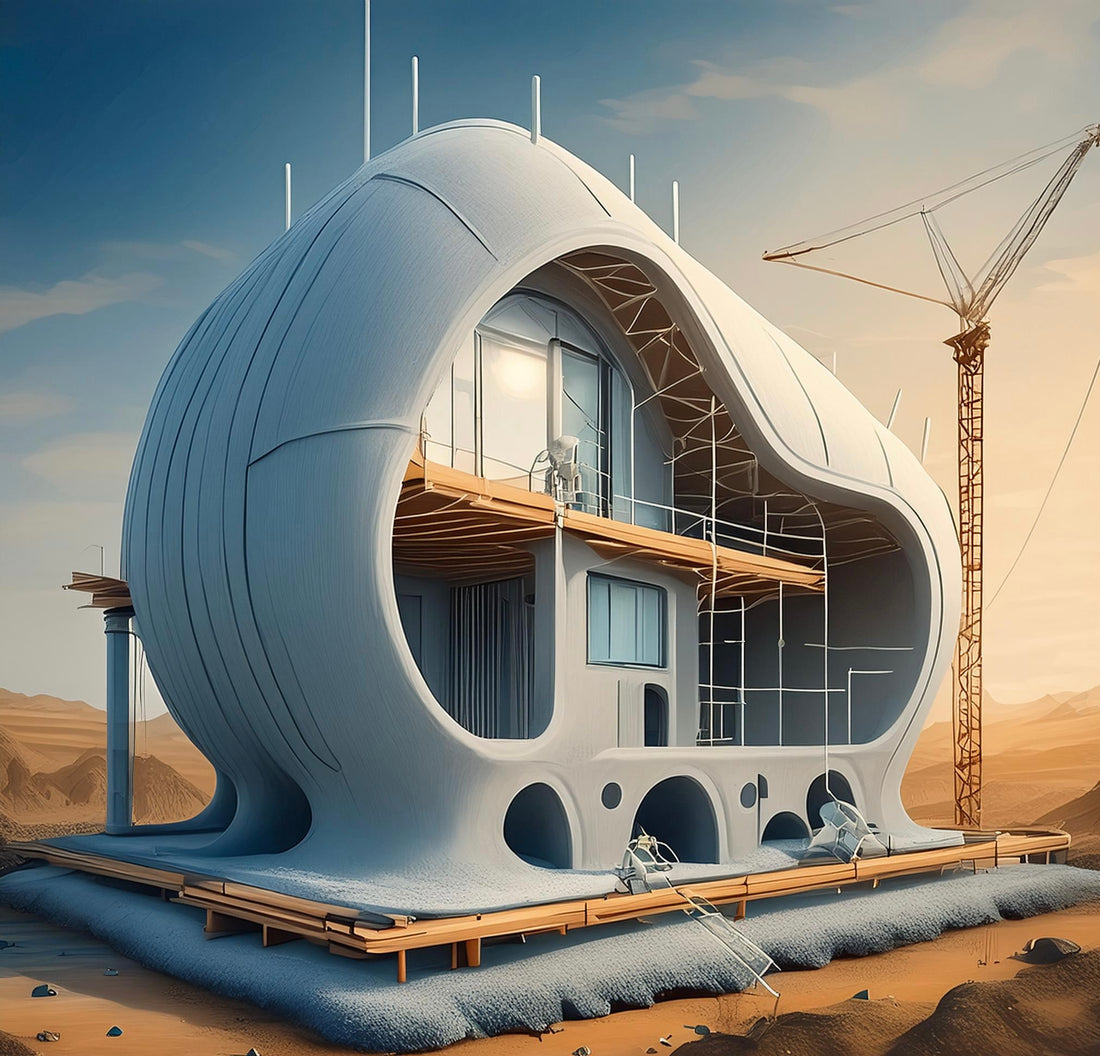
Rapid Home Building: Modernizing Construction with Inflatable Molds and Concrete Pumping
Origins of Inflatable Formwork in Construction
The origins of inflatable formwork in construction trace back to various innovative approaches throughout the 20th century aimed at reducing material use and simplifying construction processes. The concept of using air-supported structures for architectural form-finding emerged prominently in the 1960s and 1970s.
One notable method developed by MacCracken involved using inflatable formwork to build reinforced plastic shells that hardened through heating. This set a precedent for integrating concrete with pneumatic formwork systems. Further experimentation by Heinz Isler and others explored materials such as gypsum and clay with pneumatic structures, creating resilient building forms. For more details, see this study: Research on Early Pneumatic Formwork Methods.
A significant advancement came with the introduction of Binishells in the 1970s. These structures utilized a low air pressure inflation system to mold concrete into dome shapes, creating strong, energy-efficient buildings with a lower ecological footprint. The speed and cost-effectiveness of these domes made them ideal for rapid construction needs like schools and disaster relief housing. Learn more about this technology here: Binishells System A and this Wikipedia article on Binishells.
Modern iterations of inflatable formwork continue to evolve with advancements in materials and digital design tools. Today, companies like Automatic Construction are using techniques that integrate robotics and material sciences, enabling rapid construction with significantly reduced labor costs and minimal waste. More about their approach can be found here: Automatic Construction's Story.
Further exploring the potential of inflatable formworks, the Navier Laboratory has embarked on a PhD project aimed at developing free-form inflatable shells that can carry external loadings, making them suitable for diverse architectural applications. This project seeks to overcome the challenges of traditional formworks by utilizing advanced materials and automated design processes to create efficient, load-bearing structures. For more information on this cutting-edge research, visit: PhD Position at Navier Laboratory.
In conclusion, inflatable formwork represents a unique convergence of architectural innovation, material science, and environmental consciousness, offering promising solutions for modern construction and economic challenges.
